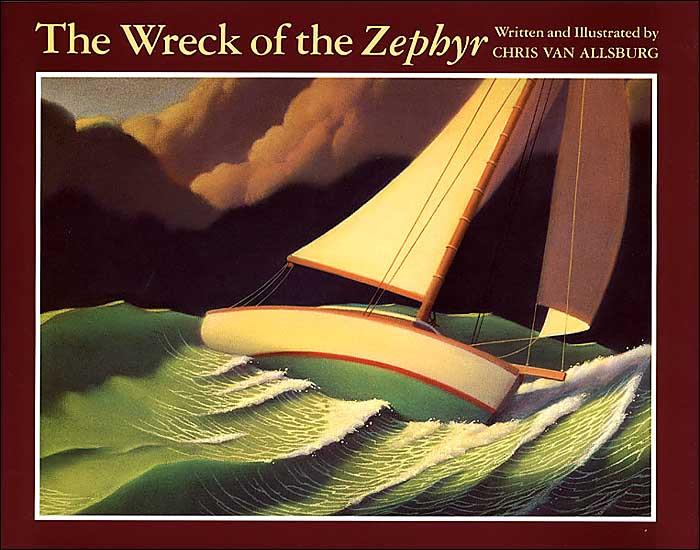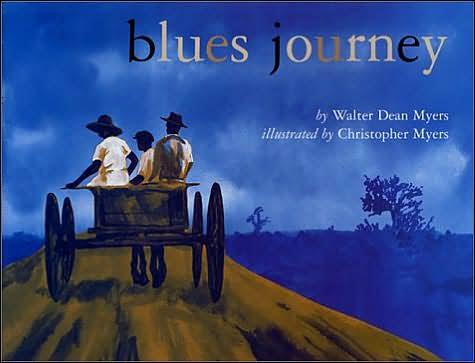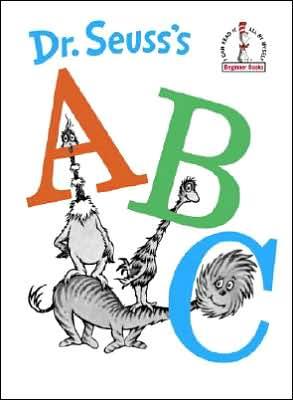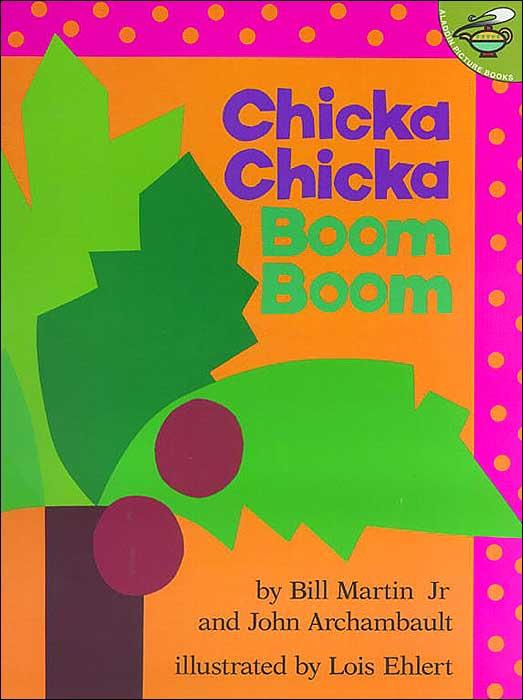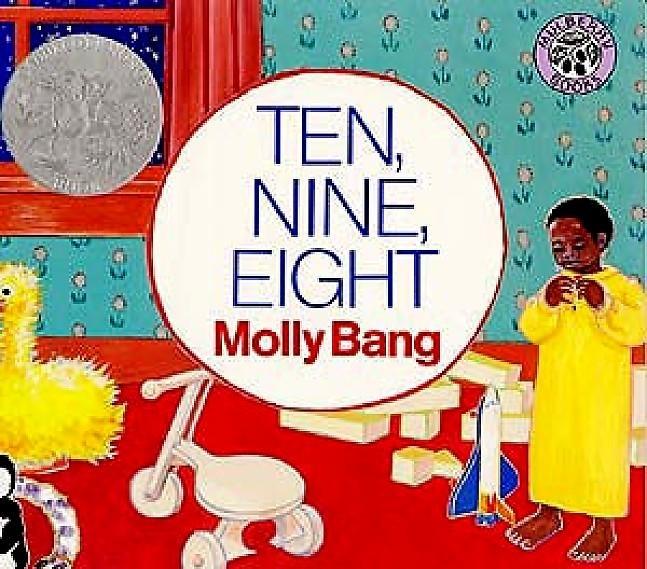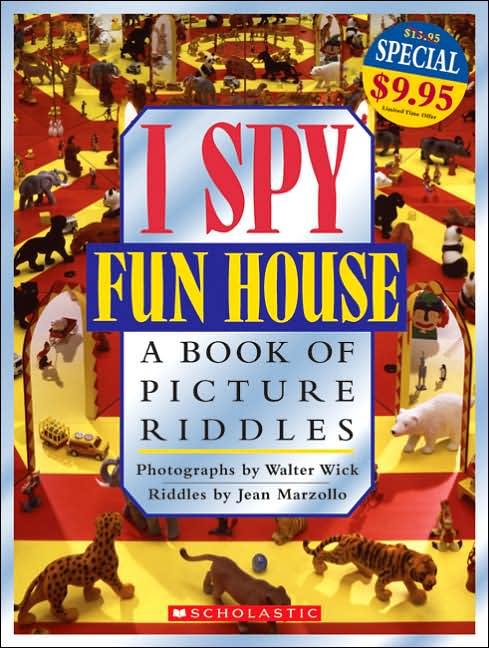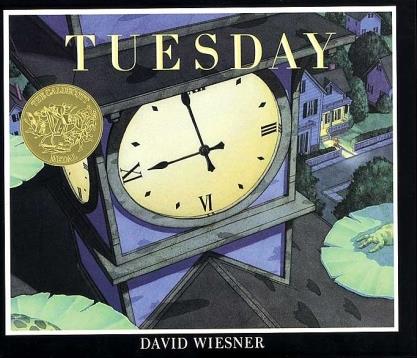Melody Ma
March 12th 2021
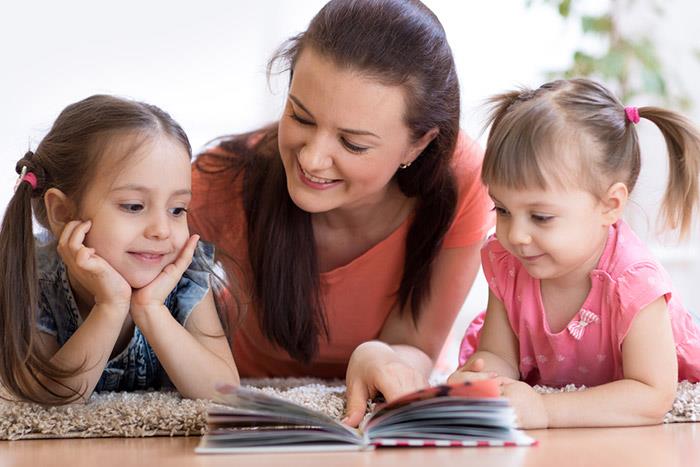
Why Read to Children?
Raising a reader is truly one of the most precious gifts we can bestow on our children. It is a
fact that reading is a fundamental part of our world. But raising a reader goes much deeper
than this basic need to function. Reading is not only a fundamental part of our world, it is a
fundamental part of education, and a fundamental factor in language development in children,
leading to the good, solid skills and habits necessary for lifelong achievement and success.
“Few children learn to love books by themselves. Someone has to lure them into the
wonderful world of the written word. Someone has to show them the way.”
————Orville Prescott from “A Father Reads to His Children”
Raising a reader is a goal that all parents and educators should try to achieve because: by
reading to our kids in the early years, we lay the vital foundation for raising a reader; by
continuing to read on a regular basis and then encouraging independent reading in the later
years, we build on this foundation. For the first five years of life children are unable to read
for themselves, but many studies have shown that it is important for children to become
acquainted with books and stories well before they start to read. Adults who read children’s
stories aloud to children provide a strong, positive influence and build a foundation for a
lifetime of significant benefits. Reading children’s stories is a wonderful bonding experience
that fosters meaningful one-on-one communication with children. It molds our kids into
becoming readers, and raising a reader significantly increases our child’s potential for
academic success as well as lifelong success in general. It quells fears, exposes them to new
situations, and teaches them appropriate behavior. It provides the best opportunities for true
“teaching moments”. And finally, sharing and reading picture books develops a young child’s
appreciation for the arts through exposure to many different styles of art and illustrations.
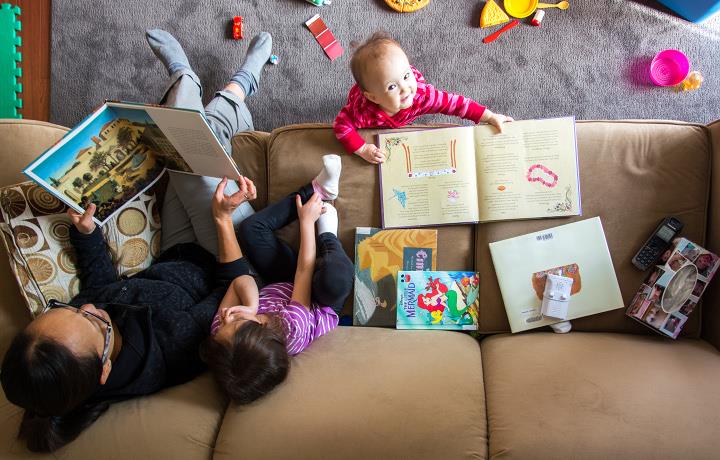
Why Picture Books?
Picture books are types of books and there are picture books as a book type within each genre
e.g. historical fiction, fantasies, realistic etc.
Lynch-Brown, Tomlinson and Short describe the picture book as:
“Profusely illustrated books in which both word and illustration contribute to the story’s
meaning. In a true picture book, the story would be diminished, and in some cases confusing
without illustrations, and so we say that the illustrations in picture books are integral, or
essential, to the story.”
A picture book can take many forms. It can be a wordless book, which tells a story solely
through illustrations. It can be an illustrated book, in which the words carry most of the
message but the illustrations either depict what is stated in the text or decorate the page. It can
be a picture storybook, in which a story is told through a combination of illustrations and text,
each amplifying the other to create a unified whole.
Most picture books are thought to be for young children, but are often enjoyed by all ages.
Mother Goose books and toy books for the very young to picture books for older more
experienced children can be enjoyed by everyone.
Technological innovations have meant that picture books have become art forms. Today many
of the best artists and authors are involved in the creation of picture books. Improvements in
printing technology have meant that the appearance of picture books has changed. Paper, the
use of colour, printing quality, and art styles have contributed to the evolution of the picture
book. Picture books have become objects of great beauty. The use of computer technology to
create picture books as meant that the printing process imposes fewer limitations on the artist.
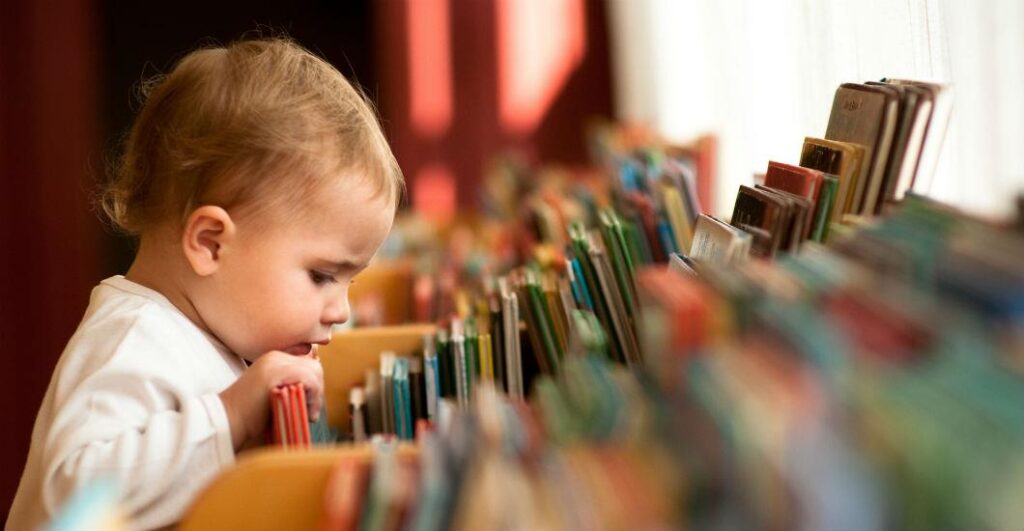
Which Picture Book to Pick?
There are many elements to make a good picture book for young children, like originality and
Imagination, plots and characterization, settings and theme, style and humour, surprise and the
unexpected, etc. While illustrations are integral to the storyline for picture books, the
illustrations should enhance the action, establish setting, define and develop characters,
reinforce the text, provide a differing viewpoint and interesting asides.
Board Books are highly durable and are meant for use by babies.
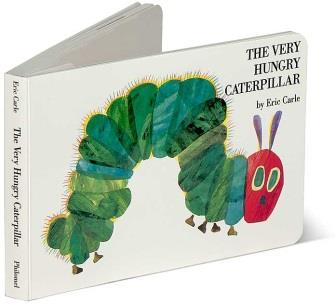
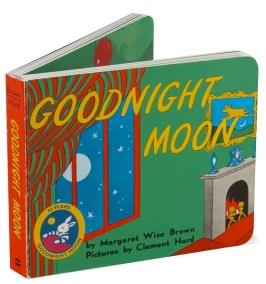
Alphabet Books are one of the oldest and most popular varieties of concept books. They are
often used in an instructional capacity to introduce children to the ABCs. Alphabet books can
be used in two different ways: to stimulate vocabulary development, item identification and
letter sound identification when used with young children; to develop observational skills,
provide information about a topic, and discussion, and when the alphabet arrangement is
merely an organizational device then the book is geared to older children and or adults.
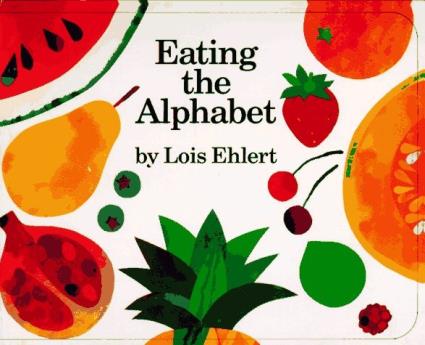
Counting Books, like alphabet books, are used for a specific purpose. They are used to
develop one-to-one correspondence the ability to count sequentially from one to ten. Counting
books should contain easily identifiable numbers and corresponding objects. Effective
counting books for young children usually show one large number, the word for the number,
and the appropriate number of objects, all on one page or on facing pages. The number
represented should be clear because the intended audience is usually young children.
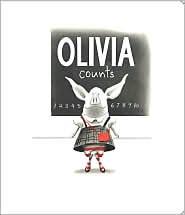
Concept Books introduce single focused concepts to young children. Topics include colour,
ideas of opposites, shapes, counting books and ABC books can be considered concept books.
These are excellent tools for helping children develop oral and written skills since text is
usually absent.
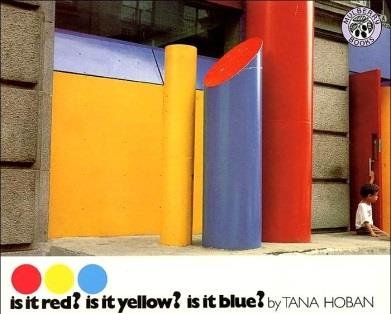
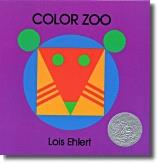
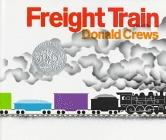
Interactive or Participation Books are designed to involve children in some sort of
activity. Where’s Waldo? and I Spy Fun House are both examples of if this type of book.

Wordless Picture Books are a newer type of picture book. The illustrations tell the whole
story, without words. Children provide the missing text for this type of book fostering the
development of language skills. Wordless picture books have various degrees of plot
complexity and detail. They are appropriate for both young and older children. Well
illustrated wordless books offer a degree of detail and plot complexity.
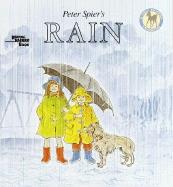
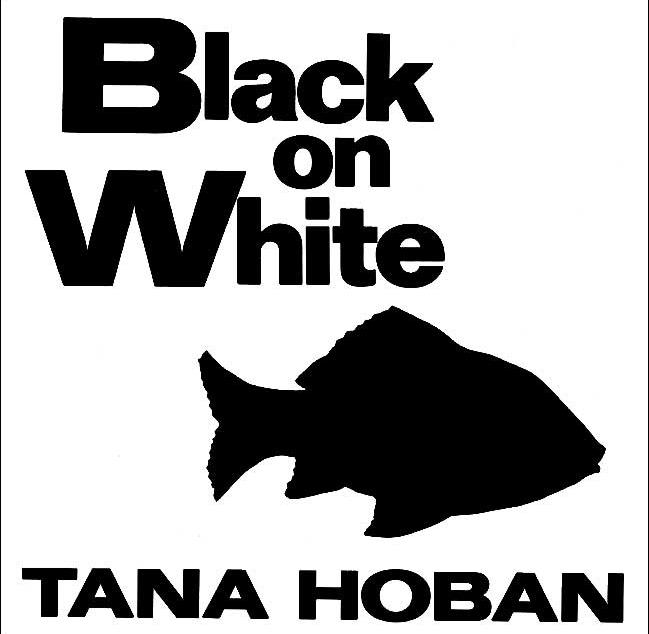
Predictable or Pattern Books have an emphasis on word patterns and are easy-to-read.
They are highly predictable because of the rhyme, repetition and illustration all provide clues.
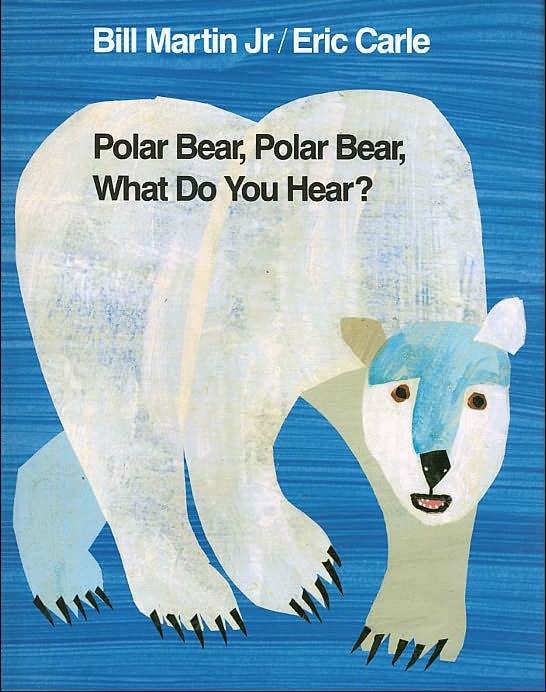
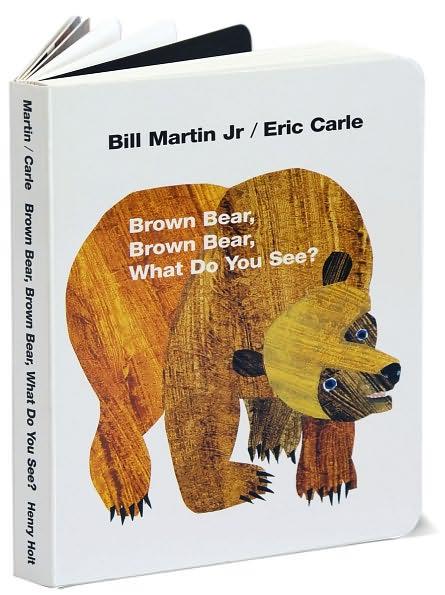
Easy-to-read Books are transition books for children moving from picture storybooks to
chapter books. There is a controlled vocabulary that often makes the language quite stilted.
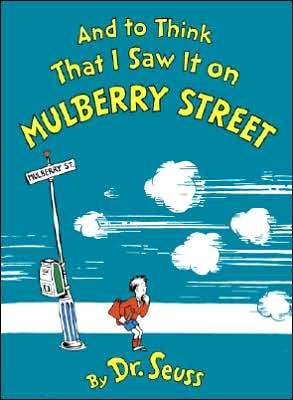
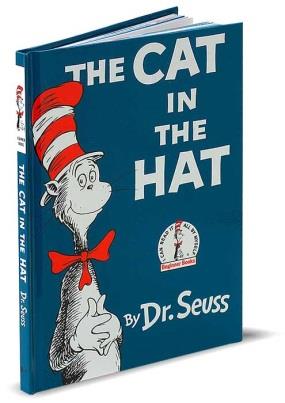
Picture Storybooks differ from traditional picture books because they contain lots of
illustrations, and also have a strongly developed story line in the text. In well-written picture
storybooks, the text and the narrative are complementary.
